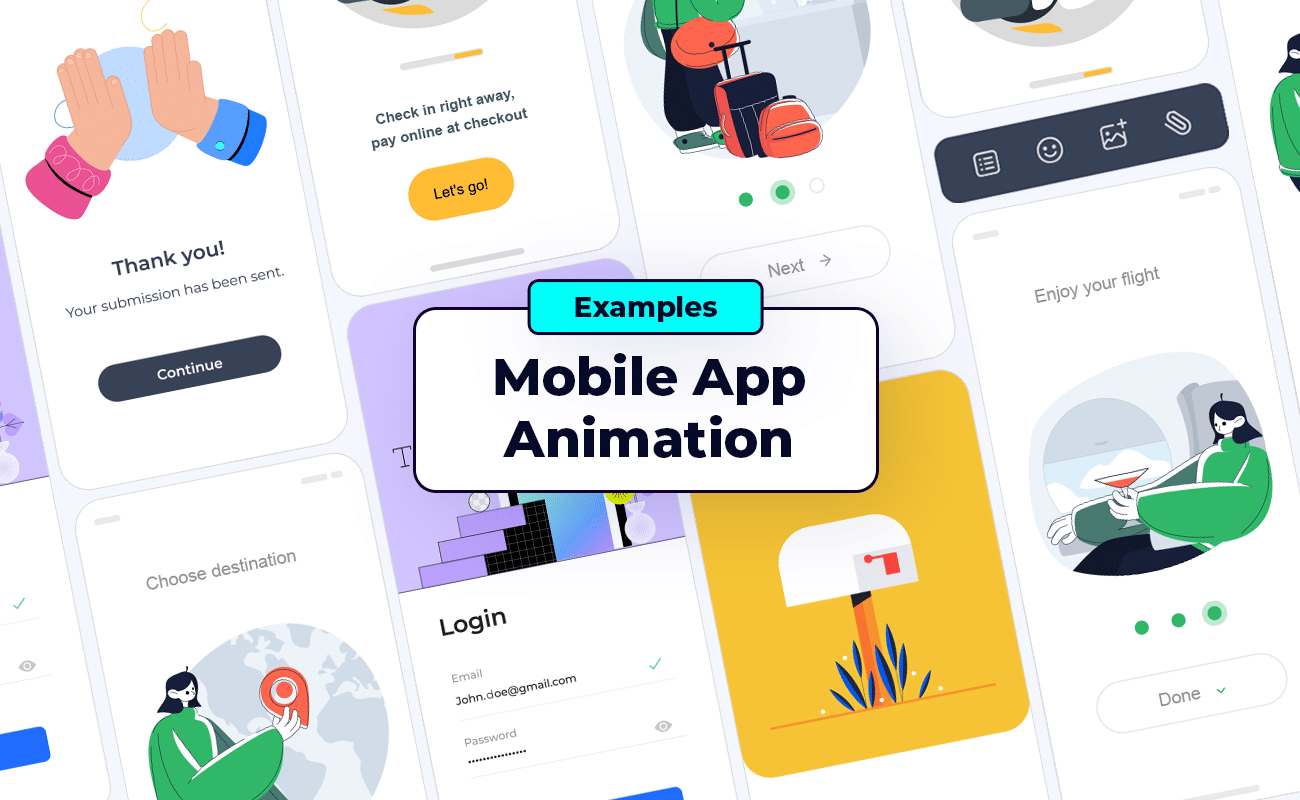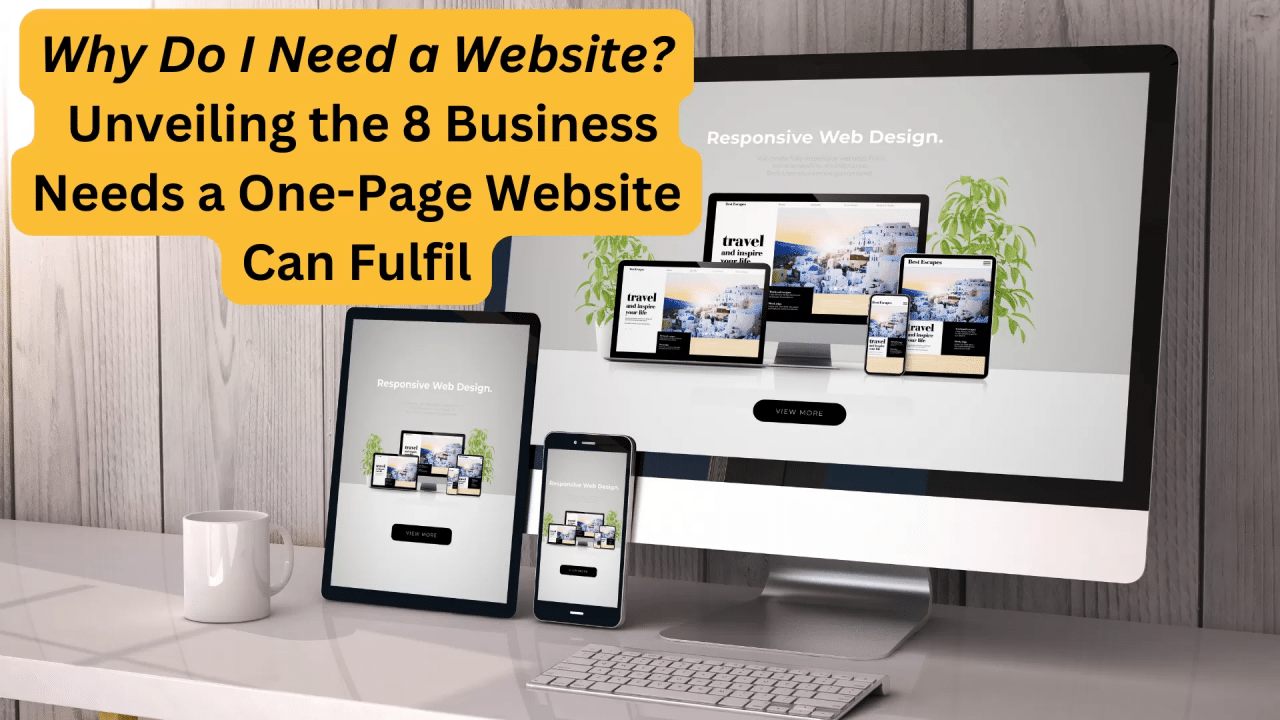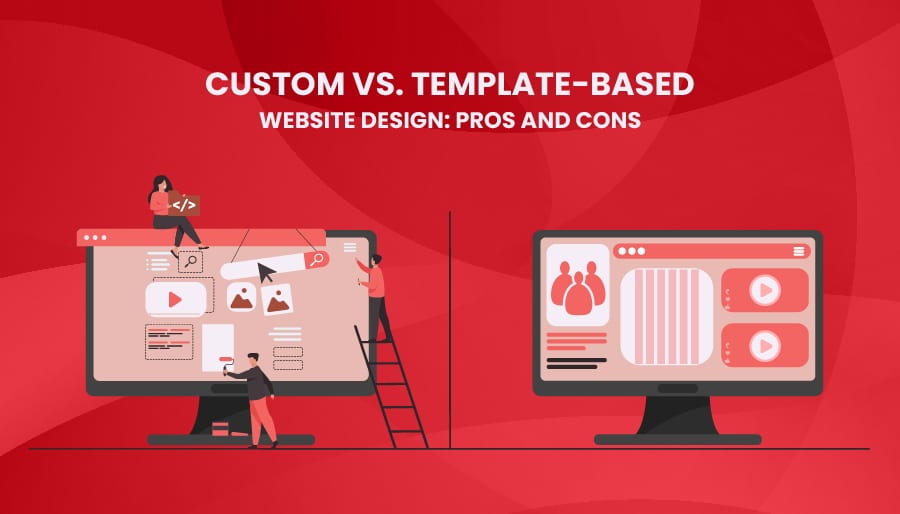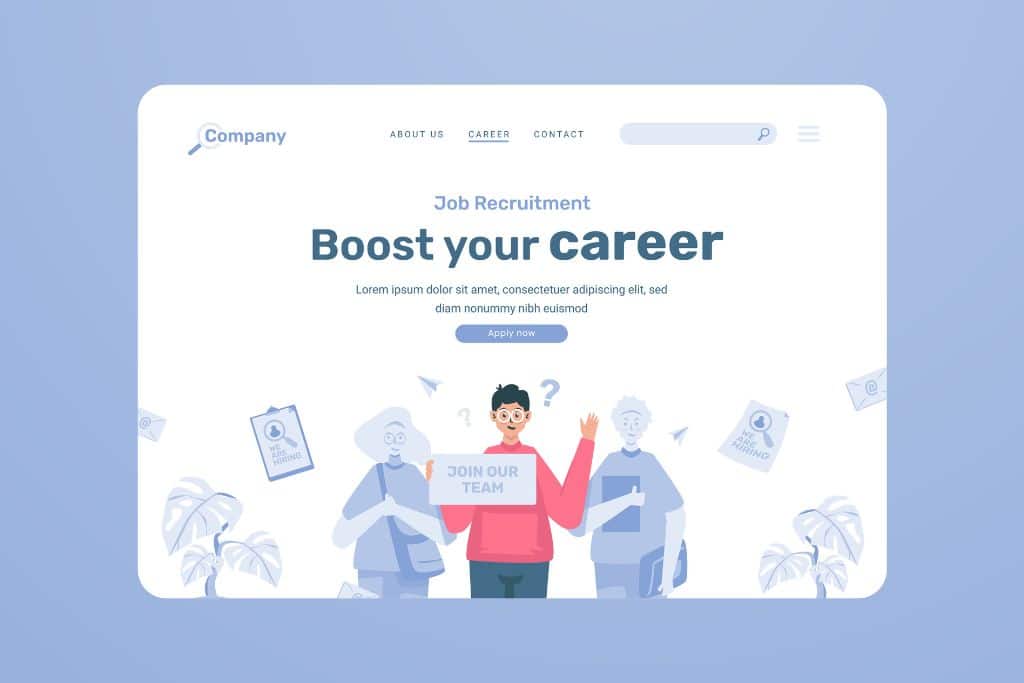Using Full-Screen Animations for Storytelling in Websites
In the ever-evolving world of web design, creating immersive experiences that captivate visitors is key to standing out. One of the most powerful ways to engage users and tell a compelling brand story is through full-screen animations. When done right, full-screen animations can take a website from a simple information page to an interactive and dynamic storytelling platform.
In this article, we’ll explore how to leverage full-screen animations for storytelling on websites, the benefits they offer, and the best practices to ensure they enhance, rather than hinder, the user experience.
What Are Full-Screen Animations in Web Design?
Full-screen animations refer to animated content that occupies the entire screen, often used as a background or as a central feature in a webpage. These animations could be anything from a looping video, an interactive 3D effect, or even subtle transitions that change as the user interacts with the website.
Unlike static images, full-screen animations bring a level of depth and motion that grabs the user’s attention immediately. When used for storytelling, they allow brands to communicate their narrative, evoke emotions, and engage visitors on a deeper level.
The Power of Storytelling in Web Design
Why Storytelling Matters in Web Design
Storytelling is a timeless method of communication. From ancient folklore to modern films, stories have the unique ability to capture attention, evoke emotion, and convey complex messages in a way that text and images alone often cannot.
In the context of web design, storytelling is more than just a buzzword. It’s a strategic approach that helps websites communicate their brand’s mission, values, and personality in a way that resonates with visitors. A well-told story can enhance the user journey, making it memorable and impactful.
Why Use Full-Screen Animations for Storytelling?

When it comes to storytelling on a website, full-screen animations can create an immersive, cinematic experience that enhances the narrative. Here are a few key reasons why full-screen animations are an effective storytelling tool:
Visual Engagement: Full-screen animations immediately capture the user’s attention. They create a sense of depth and movement, drawing visitors into the narrative and making them more likely to stay on the page longer.
Emotional Connection: Motion has a unique way of evoking emotions. Whether it’s a dynamic video background, subtle animations, or full-page transitions, animations can communicate emotions like excitement, calm, urgency, or nostalgia, depending on the narrative being told.
Memorable Experiences: People are more likely to remember a website that offers a unique and immersive experience. Full-screen animations can make the storytelling experience feel like something that is not only seen but felt, adding a layer of impact that static visuals often lack.
Best Practices for Using Full-Screen Animations for Storytelling
While full-screen animations can be an incredibly effective storytelling tool, it’s important to use them thoughtfully. Poorly executed animations can overwhelm users, increase load times, or detract from the website’s core message. To ensure that your full-screen animations enhance the storytelling experience, follow these best practices.
1. Keep It Relevant to Your Narrative
Full-screen animations should support and enhance the narrative of your website. Avoid using animations for the sake of it. Each animation should be purposeful, aligning with the brand’s values and message.
For example, if you’re telling a story about a brand’s sustainability efforts, animations of nature, slow-moving clouds, or water cycles can reinforce the message. If your brand is tech-focused, consider using sleek, futuristic animations that highlight innovation.
2. Use Subtle Animations for Immersion, Not Distraction
While it’s tempting to use large, attention-grabbing animations, subtlety often works better. Full-screen animations should immerse users in the story without distracting them from the core content. For instance, soft parallax scrolling effects, background videos with minimal movement, or animations that appear only when a user scrolls to a section of the page can effectively tell a story without overwhelming the user.
Keep in mind that user interaction is key. Let animations flow with the user’s actions, whether it’s scrolling down the page, clicking, or hovering. This makes the animation feel like part of the experience rather than something that interrupts it.
3. Ensure Mobile Responsiveness
In today’s digital age, mobile traffic makes up a significant portion of website visitors. When designing with full-screen animations, it’s crucial to ensure that they work seamlessly on all devices, including smartphones and tablets.
Full-screen animations can be resource-intensive, which may lead to slower load times, especially on mobile networks. Consider optimizing video files, compressing images, or offering alternative animations for mobile devices. Avoid animations that could hinder the user experience, such as those that require a lot of processing power or don’t display well on smaller screens.

4. Prioritize Performance and Load Speed
Nothing kills user engagement faster than slow page load times. Full-screen animations can significantly affect the performance of your website, especially if they involve large video files, high-resolution graphics, or complex transitions.
To ensure optimal performance, use lightweight file formats, such as WebM for videos, and compress your images and videos to reduce load times. Additionally, consider lazy loading techniques, where animations or videos load only when the user reaches that section of the page. This helps speed up the initial loading of the site and ensures a smoother experience for the user.
5. Add Interactivity to Enhance User Engagement
Interactive full-screen animations can take your storytelling to the next level. Instead of simply watching the animation, users can engage with it—scrolling through the animation, clicking to trigger new animations, or even customizing the experience based on their preferences.
For example, a brand could use a full-screen animation of a product that users can rotate or zoom in on by moving their cursor. This not only makes the experience more interactive but also allows users to immerse themselves in the story behind the product.
Examples of Full-Screen Animations for Storytelling
1. Interactive Timelines or Journeys
Some brands use full-screen animations to showcase their journey or timeline. For instance, a website could use an animated timeline that tells the story of the brand’s evolution, with smooth transitions between key milestones. As users scroll, they experience a seamless, cinematic journey through the brand’s history.
2. Environmental Impact Videos
For eco-conscious brands, full-screen background videos of nature or environmental footage can serve as powerful storytelling devices. Paired with minimal text or data visualization, these videos create an impactful narrative about the brand’s sustainability efforts.
3. Cinematic Introductions
Many luxury brands use cinematic full-screen animations as an introduction to their website. These might feature breathtaking videos that establish the brand’s high-end, aspirational qualities. The animation leads the user into the site, creating an unforgettable first impression.
Conclusion
Full-screen animations are an exciting and effective way to tell a story on a website. They create immersive experiences that engage users and bring brand narratives to life. However, as with any design element, it’s important to use them thoughtfully and with purpose. By keeping animations relevant to the story, ensuring performance optimization, and making them interactive, you can create a website that not only captivates users but also leaves a lasting impression.
By embracing full-screen animations, you have the power to turn your website into more than just a digital presence—transform it into a captivating story that your audience can experience, interact with, and remember.





